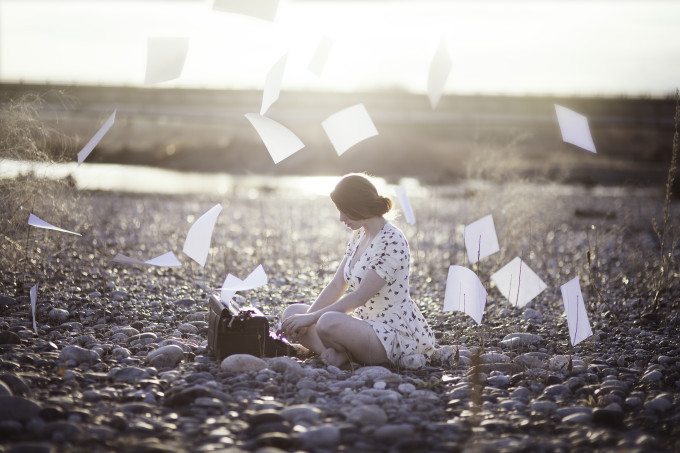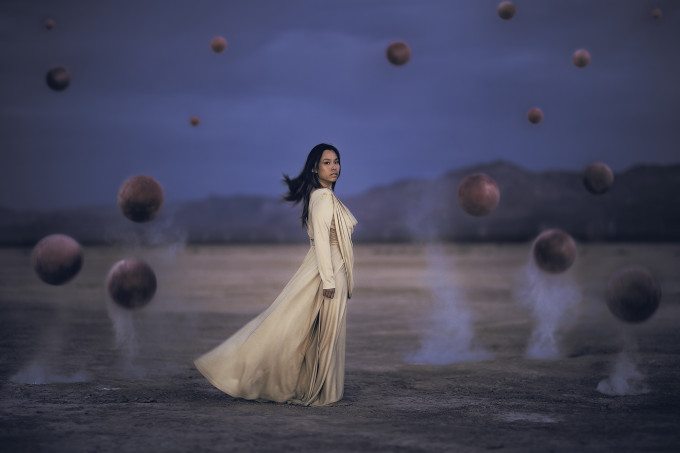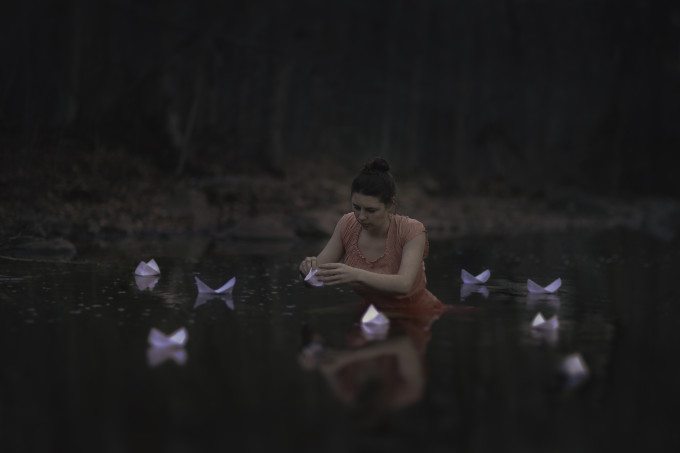All images by Jenna Martin. Used with permission.
Surreal imagery often involves having a very whimsical and playful artistic vision. Take photographer Jenna Martin for example–who states that her visions come to her from fits of insomnia. Jenna hails from Montana and received a Master’s in Psychiatric Rehabilitation. But she decided to become a photographer instead and has produced loads of surreal images for the past two years. Her fits of insomnia has earned her international publishing, having her work in galleries, and much more. In fact, she’s been featured on the Phoblographer for our Creating the Photograph series and we recently syndicated her letter to new photographers. Jenna’s surreal work is from her series called “A Dream to Dream” which is currently on display and her new underwater work is also on display in Billings.
But we wanted to get to know more about Jenna’s visions–which remind us a bit of elements of a modern Wonderland and advertising that a creative agency would use.
Phoblographer: Every photographer that does art like this tries to express something. What are you trying to express in this series?
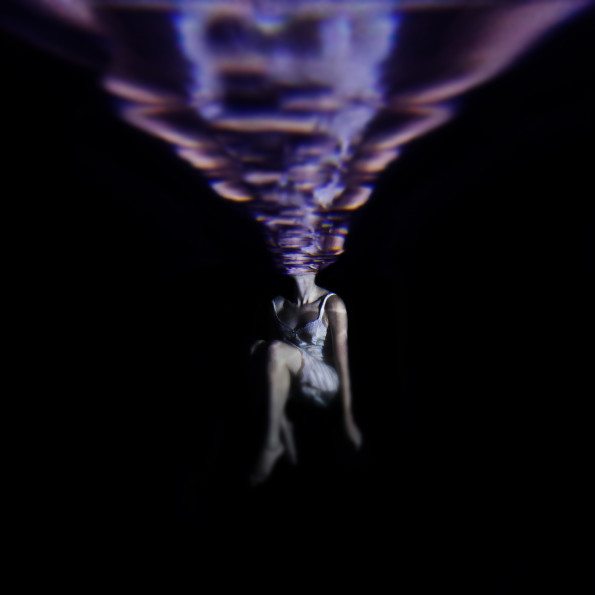 Jenna: Really, it all comes from my lack of sleep. I’m a complete insomniac; it’s something I’ve struggled with my entire life. I go days at a time without sleeping, sometimes up to 5 or 6 in a row. And when that happens, reality becomes a bit warped. You know you’re there but you aren’t really present, kind of like you’re living life from a 3rd person perspective. You’re not asleep, but you’re definitely not awake – you’re stuck somewhere in the middle. When it gets really bad, the line begins to blur and I have a hard time figuring out whether I’m sleeping or awake…or if I’m dreaming while I’m awake. It’s very hard to explain, but I wanted to try with this series. These aren’t pictures of my dreams when I’m sleeping, but instead pictures of how I view reality when everything starts blending together.
Jenna: Really, it all comes from my lack of sleep. I’m a complete insomniac; it’s something I’ve struggled with my entire life. I go days at a time without sleeping, sometimes up to 5 or 6 in a row. And when that happens, reality becomes a bit warped. You know you’re there but you aren’t really present, kind of like you’re living life from a 3rd person perspective. You’re not asleep, but you’re definitely not awake – you’re stuck somewhere in the middle. When it gets really bad, the line begins to blur and I have a hard time figuring out whether I’m sleeping or awake…or if I’m dreaming while I’m awake. It’s very hard to explain, but I wanted to try with this series. These aren’t pictures of my dreams when I’m sleeping, but instead pictures of how I view reality when everything starts blending together. 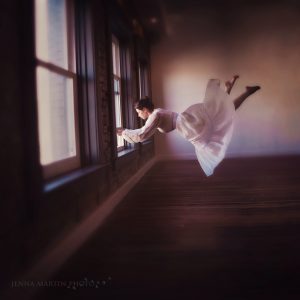
Phoblographer: How do you go about formulating the ideas for the scenes that you shoot? Is there story boarding involved?
Jenna: Planning and storyboarding are very tricky processes for me. It’s very easy for me to become completely obsessed with something, planning included, so I have to be careful not to get so involved in the storyboarding that I lose sight of the original idea. I try to only plan out the necessary components of the photo – wardrobe, location, general concept – and then stop. I don’t like to nail down all the details in case the idea evolves into something else. Then the rest comes together when I’m on location.
Phoblographer: Where does your inspiration come from for the images?
Jenna: A large part of it comes from my insomnia, but movies also have a huge influence on me. I love watching the bonus features where they talk about costume design, set design and their use of certain colors or techniques to trigger specific emotions in the viewer. In “The Exorcism of Emily Rose” they mention how they use the color orange to signify fear. There is a scene where she is running through the campus, and you gradually see more and more orange as the scene becomes more and more terrifying. Quentin Tarantino and Robert Rodriguez both use film artifact to also signify fear during “Death Proof” and “Planet Terror”. It’s basic classical conditioning, but I love learning how it is applied in an artistic sense.
“Really, it all comes from my lack of sleep. I’m a complete insomniac; it’s something I’ve struggled with my entire life. I go days at a time without sleeping, sometimes up to 5 or 6 in a row. And when that happens, reality becomes a bit warped. “
Phoblographer: There seems to be a recurring theme of either folks feeling trapped or things flying about–which are two polar opposites. Can you talk to us a little bit about this?
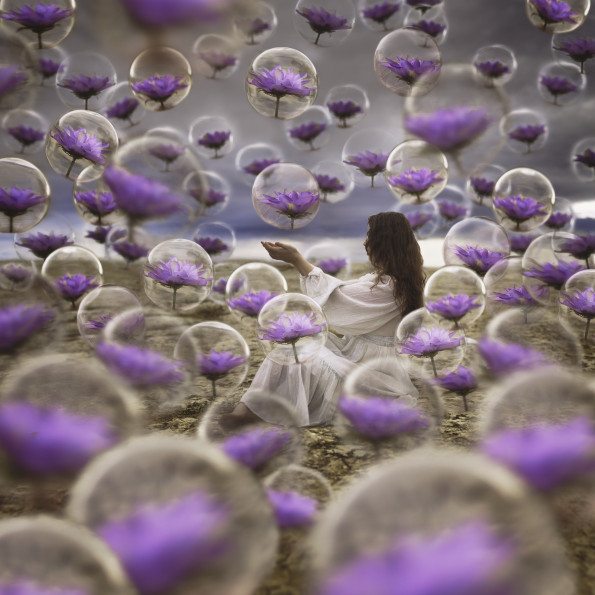 Jenna: They are very different in principle, but they’re actually very similar in how people react to them. Being trapped can be just as terrifying as being surrounded by complete havoc, and both of these concepts are emphasized in the mind more than in reality. We don’t have to necessarily be trapped to feel trapped, for example, so I like to play with that idea. I also really like the juxtaposition of welcomed chaos. Of shit hitting the fan all around you and instead of freaking out just staying in that moment and examining it.
Jenna: They are very different in principle, but they’re actually very similar in how people react to them. Being trapped can be just as terrifying as being surrounded by complete havoc, and both of these concepts are emphasized in the mind more than in reality. We don’t have to necessarily be trapped to feel trapped, for example, so I like to play with that idea. I also really like the juxtaposition of welcomed chaos. Of shit hitting the fan all around you and instead of freaking out just staying in that moment and examining it. 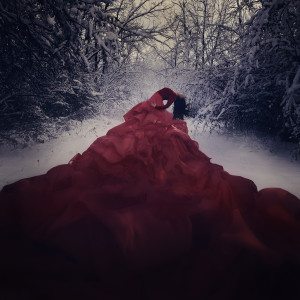
Phoblographer: How much set design usually goes into these images?
Jenna: The set design can take anywhere from an hour to a year. Sometimes, I’ll have an idea in my head, and it’ll take months before I’ll be able to get all the components together to shoot it. Anytime I see an interesting environment or location I photograph it in case I can use it in a photo later or use as a guideline for something I want to recreate. Sometimes I stumble across the perfect set, as in the case of “Serenade for the Lost”. After a flash flood in my town this old car that had been embedded in the riverbank for years broke away and ended up in the middle of the river. As soon as I saw it I knew it was perfect for the photo, but I knew I had to hurry to shoot it before the city towed it out of the river. I climbed on top of that car in the middle of the river and it took about six hours to get everything perfect to shoot that photo. In the case of “Adelia”, it took about 20 minutes. That backdrop is just baby powder thrown in the air in front of car headlights.
Phoblographer: Do the people in your images have a particular story that they’re trying to get across?
Jenna: I like to think of each person as a neutral character. I want them to be a clean slate for viewers to associate with. In a sense, I don’t want any of the models I use to have any identity of their own. They’re meant to represent whatever the viewer wants them to represent.
Phoblographer: Tell us about the typical gear that you use and your workflow.
Jenna: I shoot with a (very bruised and battered) Canon 5D Mark II and a couple different lenses. I have my tripod from Vanguard and a remote shutter release from Opteka. I tend to go through a decent amount of gear throughout the year, usually because I don’t use things the way they were meant to be used, but I’ve found having a really good shutter release is one of the most important things to help you keep your sanity when doing conceptual work. After the shoot, I bring each (RAW) photo into Lightroom for some basic adjustments, mostly with color tone and shadows. Then I pull it into Photoshop to do the real heavy lifting. Each one can take anywhere from an hour to 80+ hours to complete.
Be sure to follow more of Jenna’s work on Facebook, Instagram, YouTube, Twitter, and Flickr.


